If there is one film developer that I will always go back to and use until they cease production (which isn’t any time soon) that developer is HC-110. Released in 1962 to little fanfare, Kodak HC-110 quickly found traction as being the developer of choice of Ansel Adams and those who use the zone system extensively. Kodak HC-110 is the third black & white developer that I ever used and became my developer of choice. Personally what keeps me coming back to HC-110 is the general-purpose use, the excellent results, economy, stability, and results that it continues to give. Kodak HC-110 has never let me down. And while the use of it can be a little confusing at first, once you start down the path, forever will it dominate your destiny. Or is that the dark side? Either way, HC-110 is just brilliant in my view.
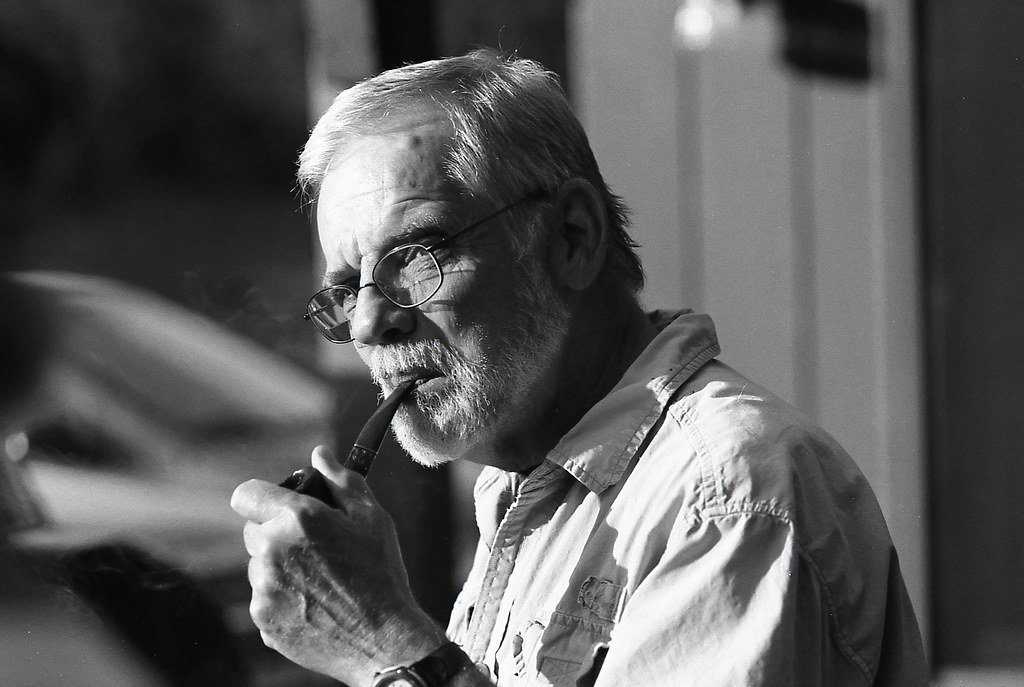
Nikon F4 – AF DC-Nikkor 105mm 1:2D – Kodak Tri-X 400 @ ASA-400 – Kodak HC-110 Dil. B 4:30 @ 20C
Technical Details
Manufacture: Kodak
Name: HC-110
Primary Developer: Phenidone-Hydroquinone
Type: One-Shot
Mix From: Liquid

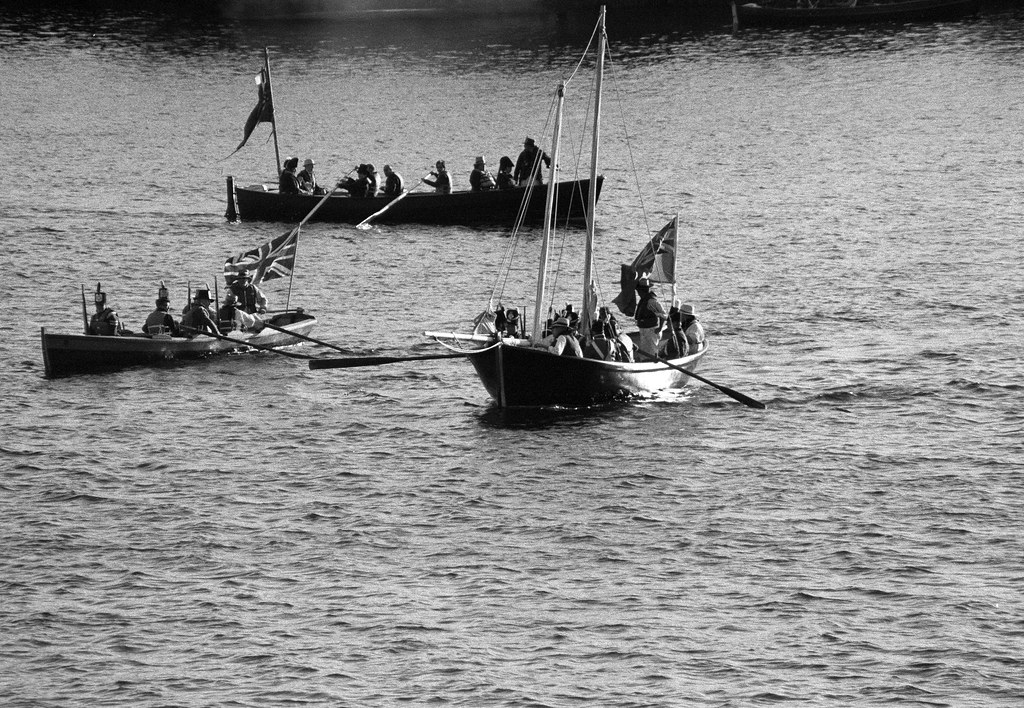
Handling
D-76 is easy to use and mixes up easy and can be reused from stock, or diluted down to one-shot solutions. Kodak HC-110 is more complex, and depending on the age of your bottle, it can be a little difference. For most of us, Kodak HC-110 comes in a thick syrup, usually a pale yellow and ages down to a deep yellow even orange. Going even further back, HC-110 came in a ‘pint’ bottle which you would mix with water into a stock solution then dilute it down. That’s how I started with HC-110 until I ran across the unofficial HC-110 resource and started diluting down from the syrup. You have a lot more options when diluting down from syrup. When it comes to diluting HC-110 down to working solutions, Kodak went a little strange instead of going with usual numbers, 1+1, 1+2 and the such; they used alphabet designators. But each letter conforms to a numerical dilution, an example dilution B is 1+31 from syrup, dilution H is 1+63. That unofficial resource page will outline everything in regards to the different dilutions. Now HC-110 probably doesn’t have the same shelf life as Rodinal, but it’s darn close. I’m only onto my third bottle of syrup, and they last me a couple of years. Working with the syrup can be difficult, so there are a couple of options, first is using a syringe to draw the syrup up, or in my case, I use a small graduated cylinder. Kodak did last year change the formula to make HC-110 easier to pour without any change to how the developer works or mixes. It makes the developer more akin to L-110 or Ilfotech HC in look and handling. However, we have no idea how this will affect the shelf-life of the developer.
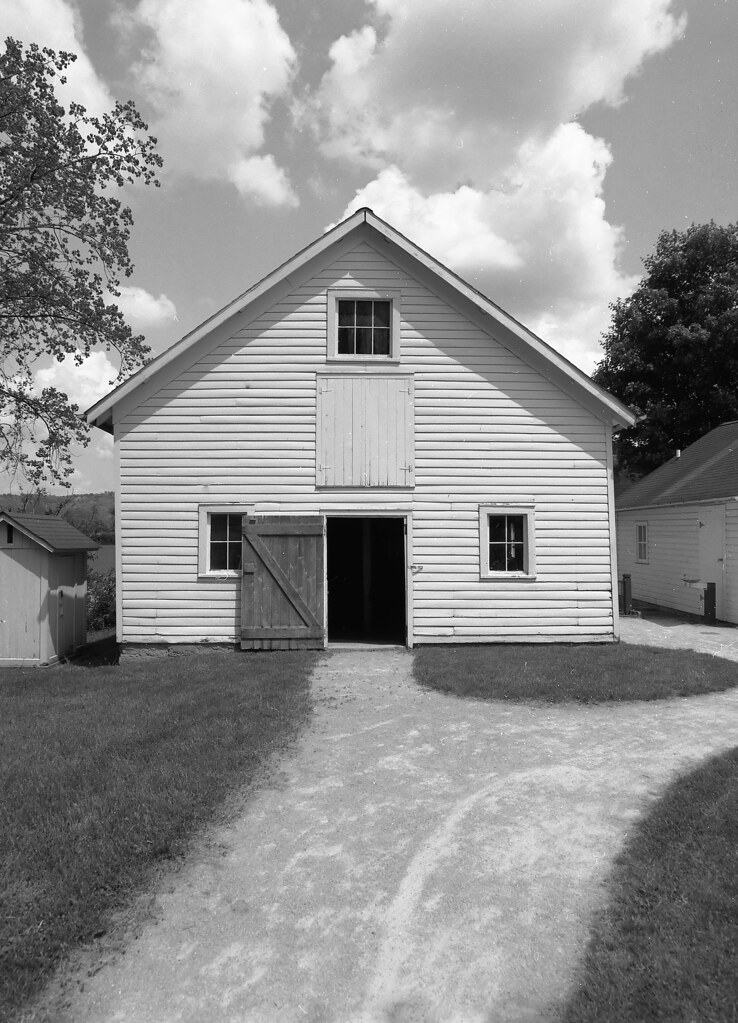
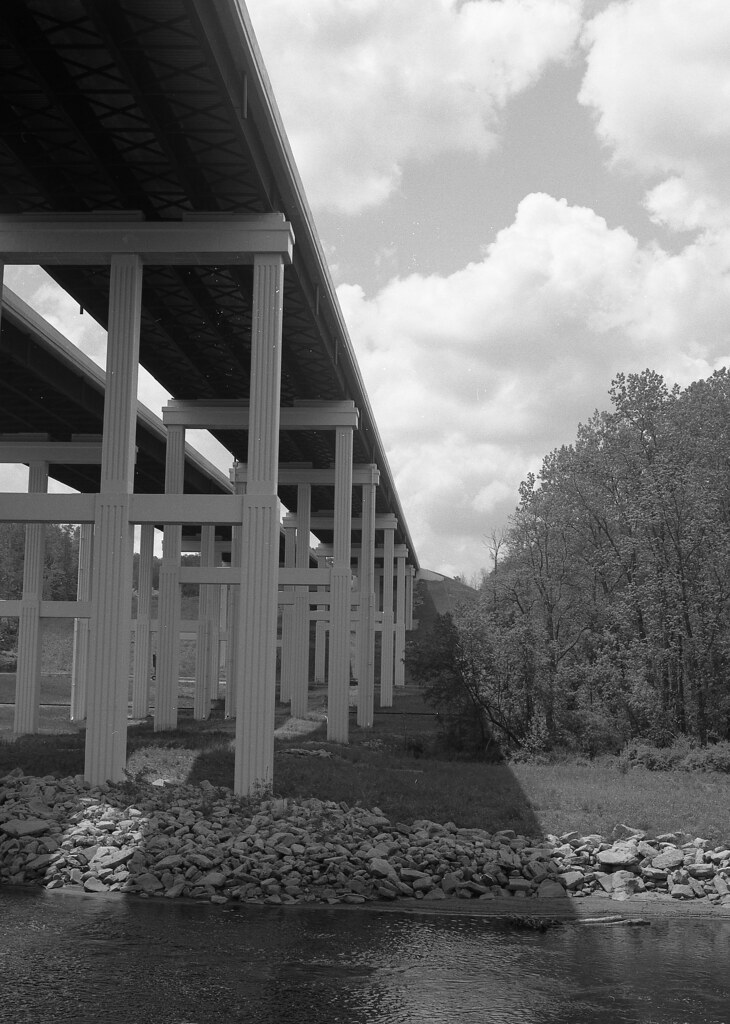
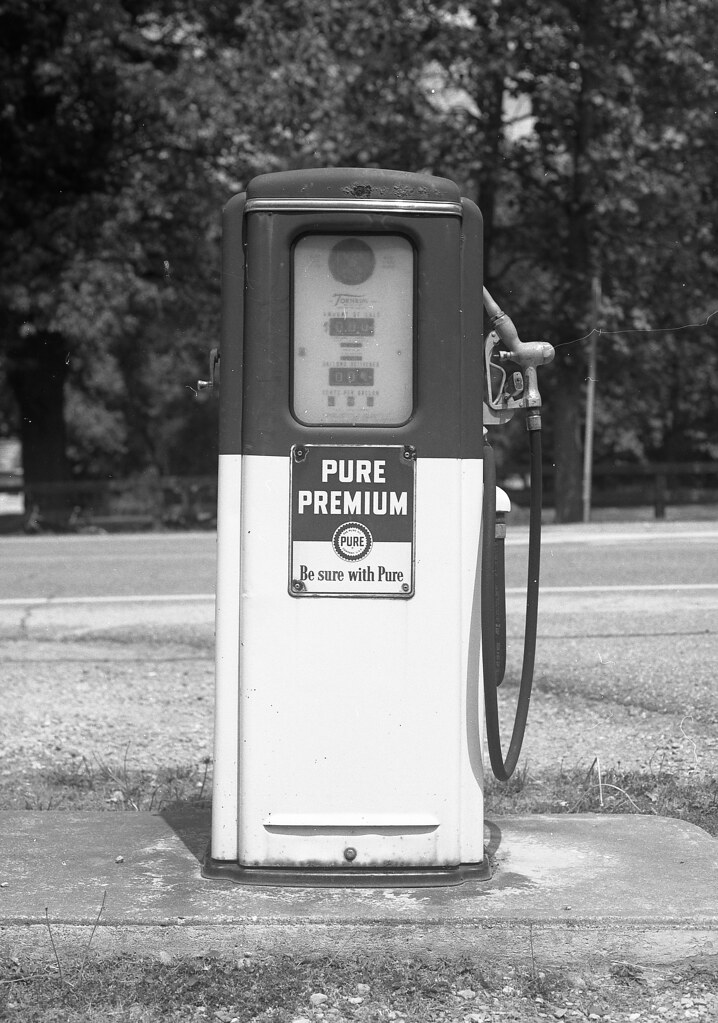

Applications
I can honestly say I have not met a film that does not like HC-110. I’ve developed everything from 35mm to 4×5 with HC-110, and I know people who use it to develop even larger sheet film. Despite being harder to handle, HC-110 makes for a good general-purpose developer. When I originally started, I would only use HC-110 with faster films, usually Kodak Tri-X and HC-110 Dil. B would be my peanut butter and honey of film and developer combinations. That was until I learned about different dilutions. You can easily use HC-110 with slow and fast films and adjust the dilution to get the results you want. And you can even get excellent results when push or pull processing, due to the semi-compensating nature of the developer. HC-110 also works well for developing old film, even found film, as you have some level of anti-fogging agents in the developer. Plus if space is of limitation, a one-litre bottle doesn’t take up too much room, unlike a gallon bottle of D-76 or a five-litre bottle of Xtol.
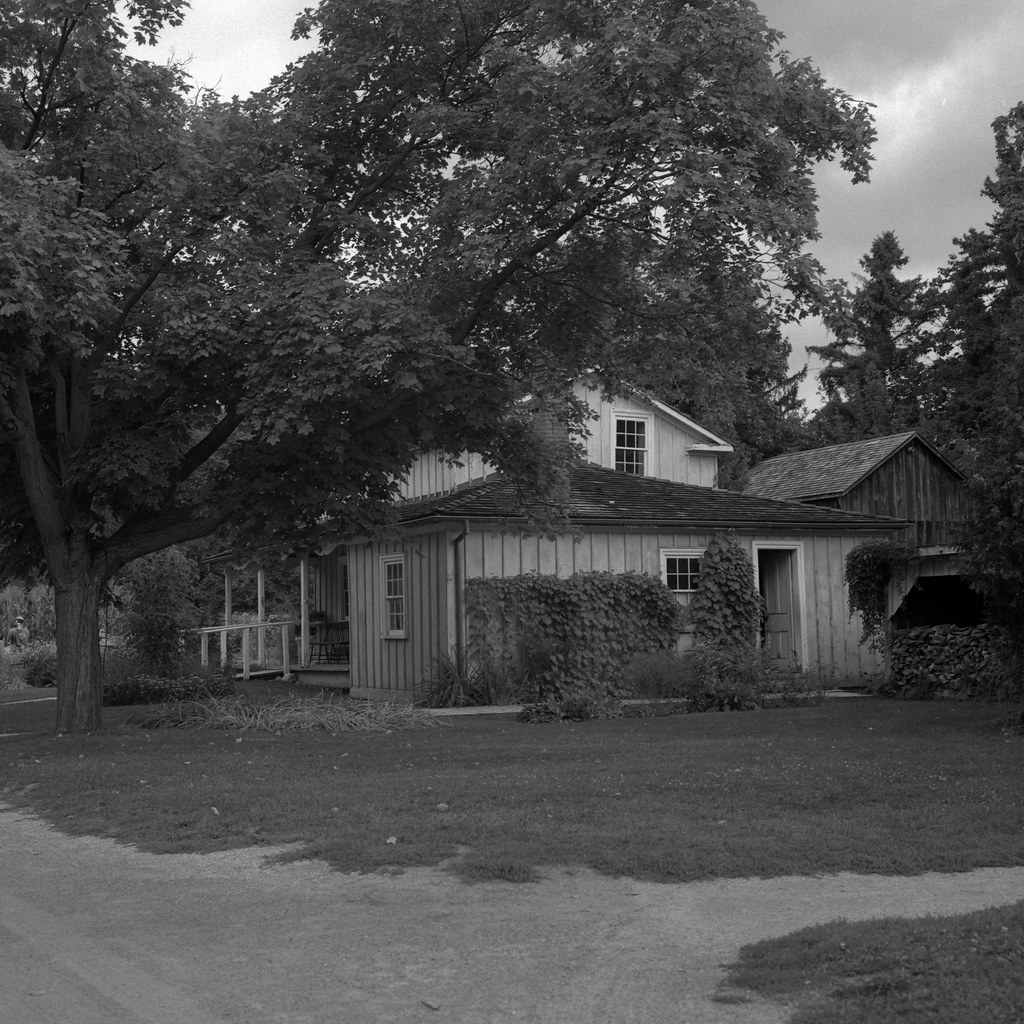
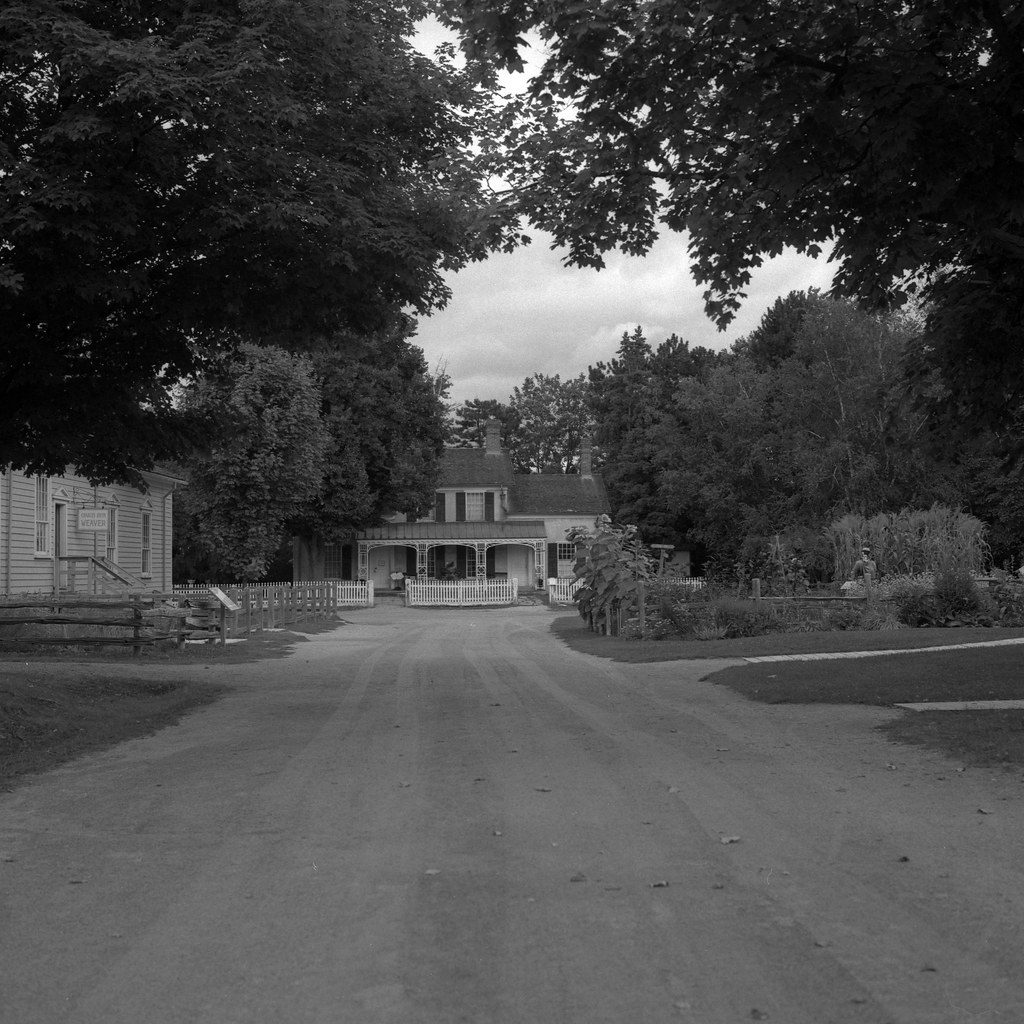


Qualities
As mentioned in previous paragraphs, HC-110 is big among those who use the zone system because of the compensating nature, good shadow detail, and the ability to work with a film’s latitude. I’m not a full practioner of the zone system. I only work with putting my shadows in Zone IV. I’m using a spot meter to grab the exposure of the darkest area I want the most detail in then underexposing by a stop. I find that I get the best results when developing in HC-110. And while the grain control of HC-110 isn’t much to write home about, I find that it neither adds nor detracts from the grain of a film. You won’t find a reduction in grain with a grainy film, nor an increase in grain from a fine-grained film. What I do like about HC-110 is the ability to control your contrast and results through adjusting dilution. For the most part, I work with two dilutions, the first being Dilution B, great for general-purpose, or if I want more compensation, need longer development time, or want to get better shadow detail I go with the unofficial Dilution H. The nice thing is that you have to take the development times for Dilution B and double them to get your Dilution H times. And these days I do find myself leaning more towards Dilution H as it gives what I think are better and pleasing results at least to my eyes. Of course, if you want to crank that contrast, just using Dilution A and have some fun!
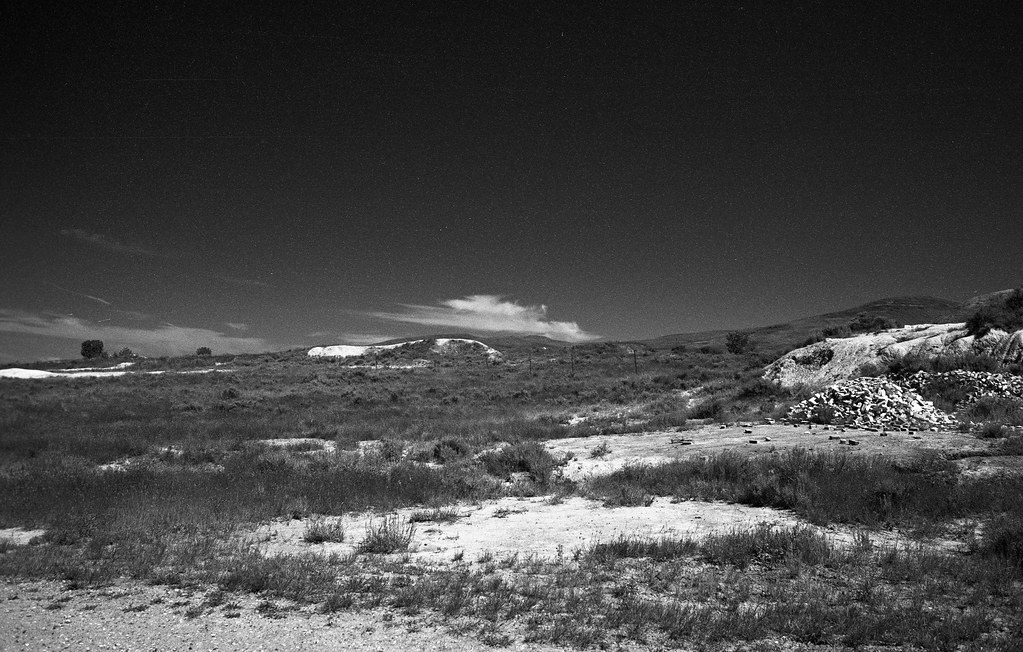

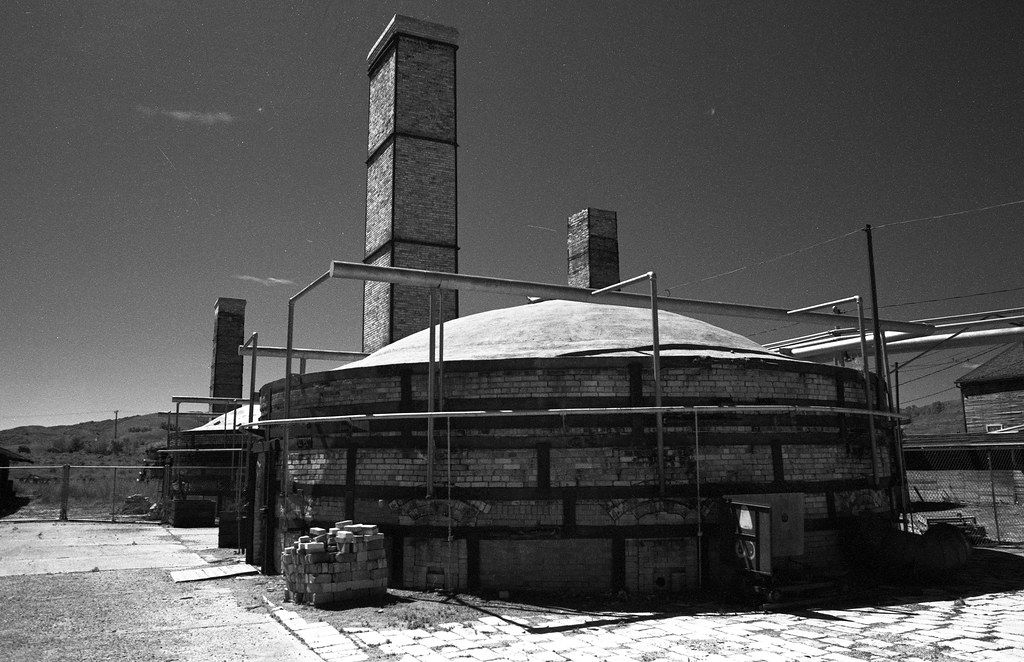

Lowdown
Honestly, you can’t go wrong with Kodak HC-110, it’s a long-lasting, economical, and quality developer. If you’re a long-time photographer or just new to the practice of home developing, you can use HC-110. Mix it only to Dilution B or go crazy and semi-stand develop in Dilution J. Play and adjust to your heart’s content. The best part is that you can get HC-110 at any camera store, both physical and online. The price point for the developer is higher than Kodak D-76, but even if you’re dropping 40-50$ your bottle if properly stored will last you for a year or two easily. And if you’re using the E, H, G, or even J dilutions, it will last you as you’re using very little of the syrup. If you’ve run your course with D-76, want something with a little more personal control, or don’t have the space to store large amounts of chemistry then I highly recommend Kodak HC-110.
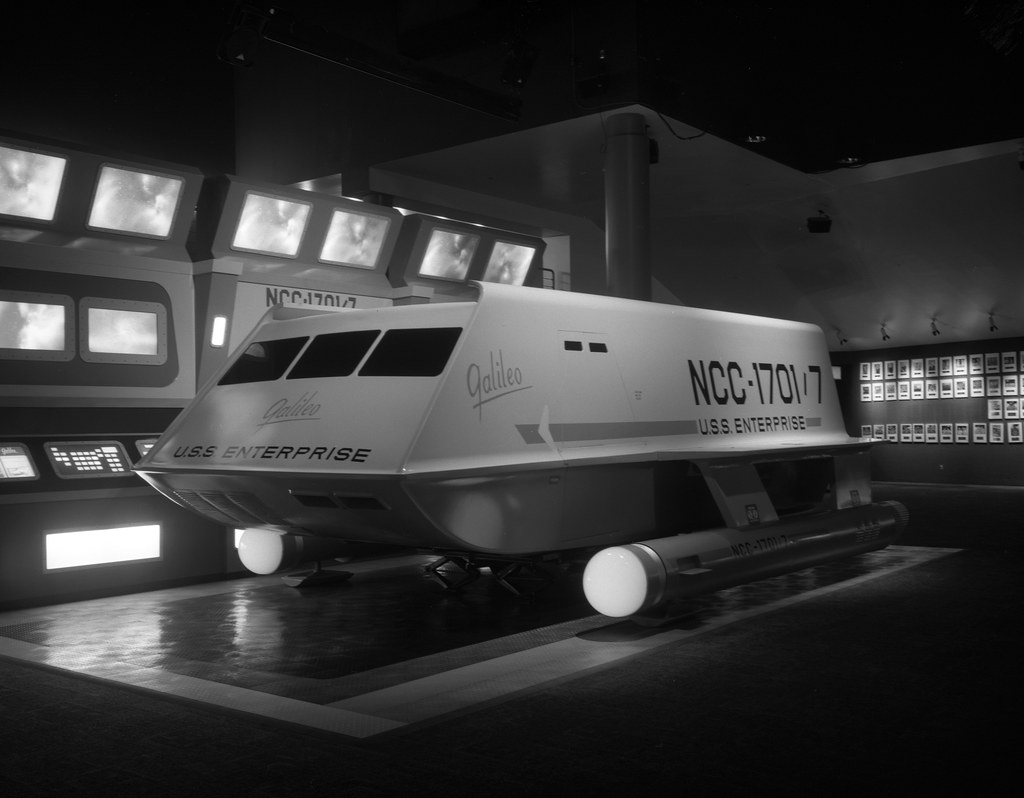
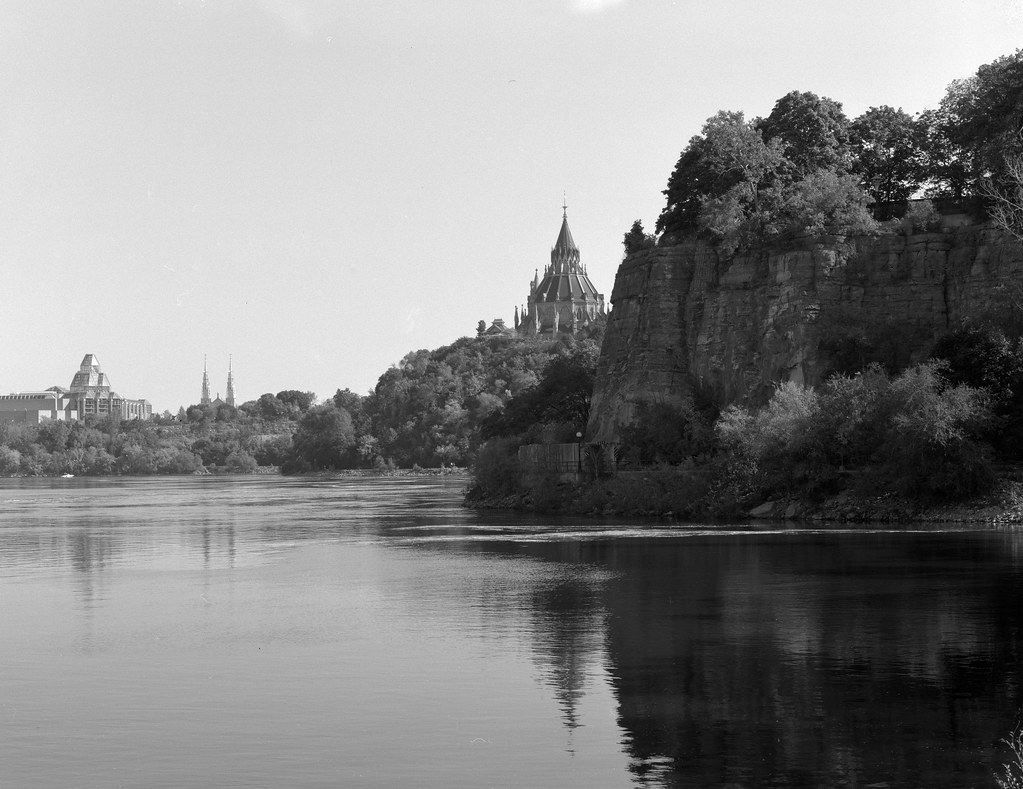

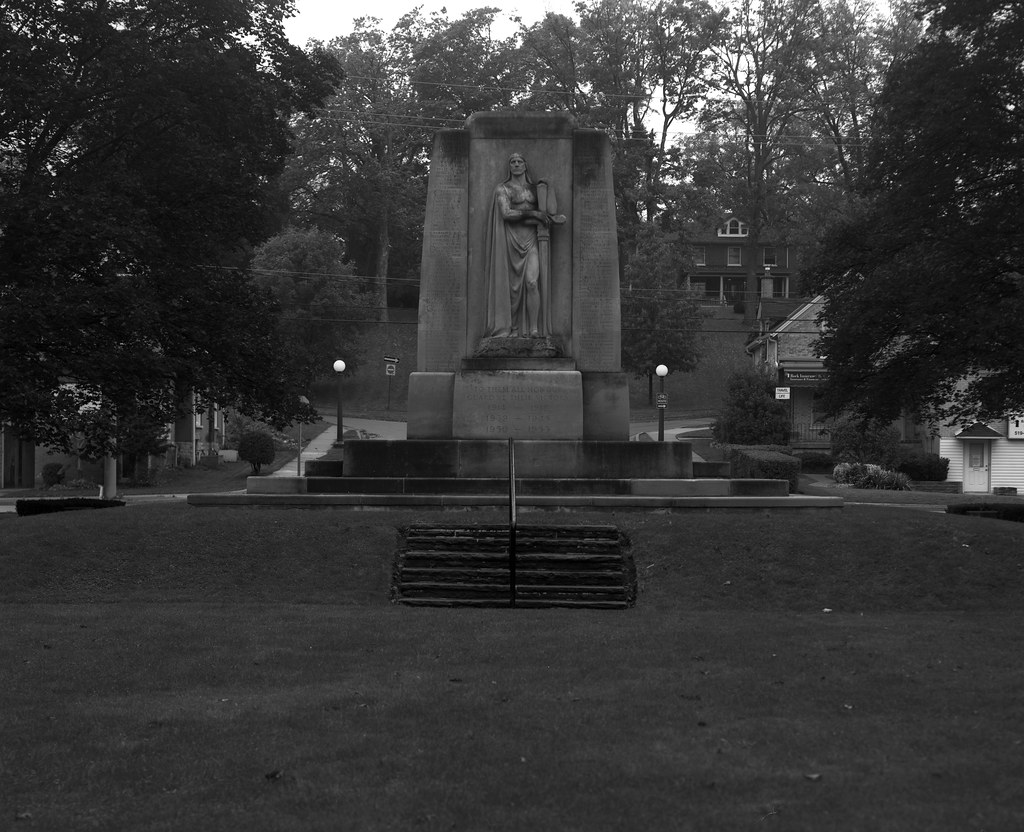
Recommended Reading
Don’t just take my word on Kodak HC-110 check out these other blogs on the subject!
Convington Inovations – HC-110 Unofficial Resource Page
Film Photography Project – Kodak HC-110 New Formula
Miron Chuck – Kodak HC-110 Review
5 Comments